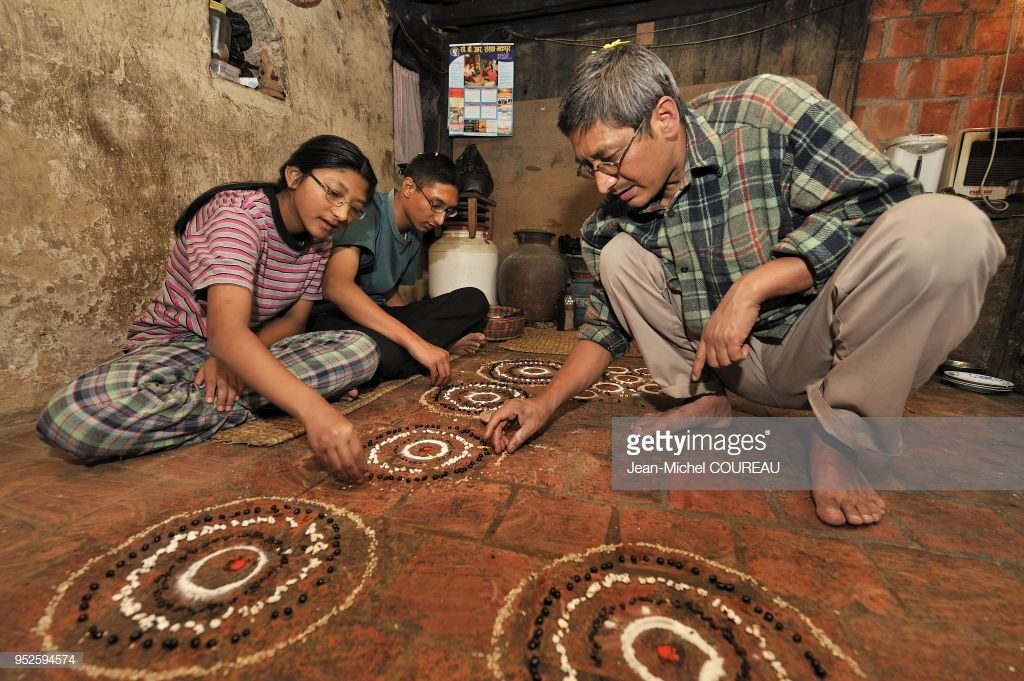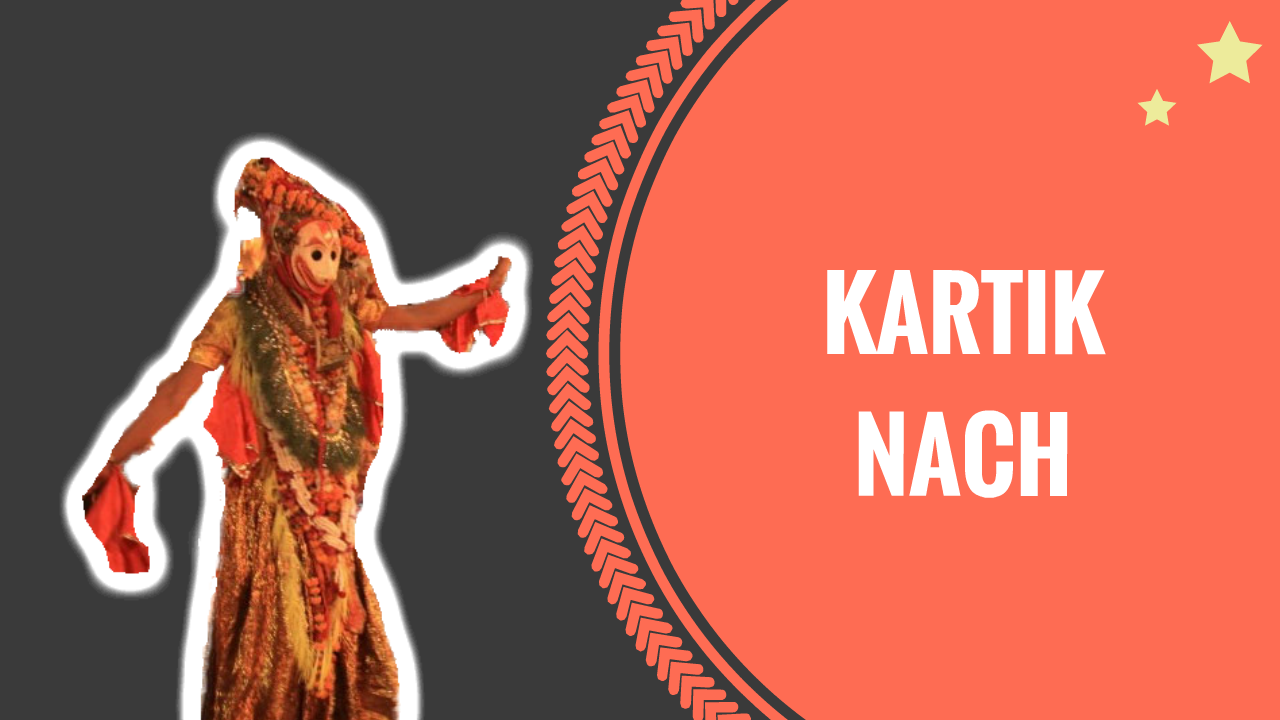The vibrant culture of the Newari community in Nepal has been praised time and again for their enormous celebrations of countless deities that rule the human existence and nature throughout the year. One of the festivals celebrated by the Newars that catches attention during Tihar, the festival of lights, is the tradition of Mha Puja. Mha Puja is the worship of self where the participants are said to worship one’s own body in order to cleanse their bodies and souls and ensure the longevity of the individuals.

While the worship of various Hindu and Buddhist deities is not a new sensation, the worship of self-has a meaning that highlights the need of people to worship their bodies, the holder of their souls. Mha Puja is carried out on the fourth day of Tihar and shares the date with Nepal Sambat as well as Govardhan Puja. It is carried out as a prayer for the auspicious beginning of the Nepali/ Newari New Year. Worshiping oneself is a way of thanking one’s body and respecting it through the performance of a series of rituals that are considered to help in the cleansing of the body and soul of the participant. This helps to invoke prosperity and longevity of the worshipper.
Mha Puja is carried out in the form of a ceremony where the members of the family sit in a row with mandalas painted on the floor for each member of the family. Two mandalas are also drawn for the messengers of death, in order to ensure they are satisfied and the family member’s longevity is increased. These mandalas are worshipped using various materials such as food, sacred thread, colored paste, incense, lighted wicks, and flowers.

After the mandalas are worshipped, the family members sit before the mandalas and the lady of the household puts a dab of red paste on each member’s forehead. They are also given long incense sticks (khelu) and sacred threads (kwakha) along with fruits including citron. Next, a lady from the house offers dhau (yogurt) to the family member’s that they each dab on their temples. Ritual food including boiled egg, smoked fish and rice wine is then offered to the members. Rice wine must be taken by the members in a small pot three times in a row before placing the pot down.
In the ceremony, the mandala represents the Universe, while the wick and incense stick is given to the participants with hopes that they will spread light and fragrance throughout the world. After the worship of the mandalas and the self, the members partake in a sumptuous feast. The feast is served on a bronze plate which is placed on the mandala, which destroys the design of the mandalas, signifying the impermanence of the world. The feast consists a mount of beaten rice in the center and eight other side dishes surrounding the rice. The feast is consumed and the dishes are left overnight and cleaned the next morning. In this manner, the Newars complete their annual ritual of worshiping the self.
This old age tradition is a reflection of how the ancestors understood the importance of maintaining one’s body in order to live a healthy long life, something most of the newer generations have begun to forget given the rush of technology, unhealthy food habits and lack of interest in one’s own body due to the available distractions. One must, at all times, look after one’s body as a precious deity that has allowed our soul to experience the sensations of the world and hence, lovingly maintain the self, regardless of what cultural or ethnic background one belongs to.


